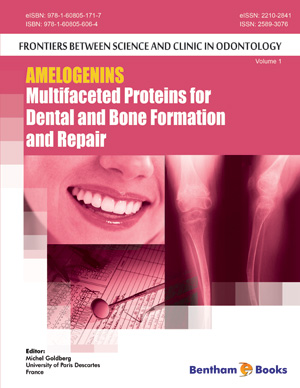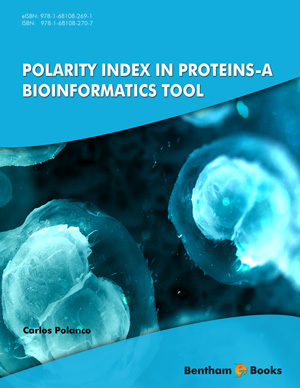Abstract
Thermostable proteins have many applications. They have utility in food and beverages, paper and pulp industries, animal feed production, laundry and detergent, and molecular biology and diagnostics. Many factors contribute to protein thermostability. These include covalent and non-covalent interactions, protein folding and conformation, and other thermodynamic factors. Although the available protein structures have been increasing over time, the increase in available protein sequences is overwhelmingly enormous. Also, structure determination can be a challenging job and many proteins are difficult to crystallize. This has resulted in a sequence-structure gap. The use of computer-assisted structure prediction has helped in filling this gap. There are many in silico strategies and methods available to predict and analyze protein structure and properties. These can be used to determine protein stability and are quite useful for in silico protein analysis to improve function and thermostability.
Keywords: In silico, Molecular dynamics, Mutagenesis, Protein thermostability, Rational design.










